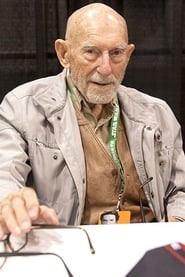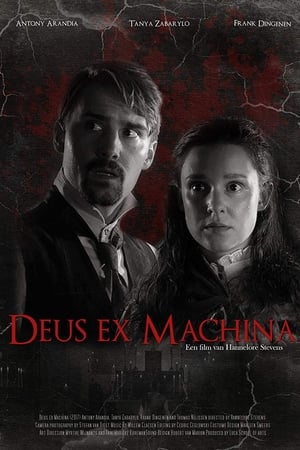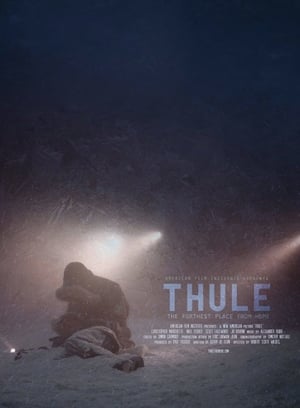

The War Prayer(2005)
"In 1904, disgusted by the aftermath of the Spanish-American War and the subsequent Philippine-American War, Mark Twain wrote a short anti-war prose poem called "The War Prayer." His family begged him not to publish it, his friends advised him to bury it, and his publisher rejected it, thinking it too inflammatory for the times. Twain agreed, but instructed that it be published after his death, saying famously: None but the dead are permitted to tell the truth."
Movie: The War Prayer
Top 3 Billed Cast
Video Trailer The War Prayer
Similar Movies
 8.2
8.2Night and Fog(fr)
Filmmaker Alain Resnais documents the atrocities behind the walls of Hitler's concentration camps.
 0.0
0.0Cat in the Eastern Palace(zh)
Su Jin meets Li'er. As their bond grows, the weight of Su Jin being the crowned prince and Li'er as a cat spirit grows heavy.
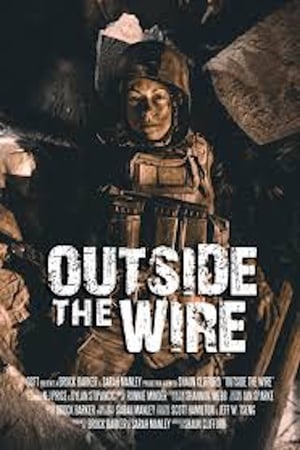 0.0
0.0Outside the Wire(en)
A female Australian soldier cut off from her team, lies trapped in a collapsed building behind enemy lines. With a broken leg and minimal supplies, she is on her own until the unlikely arrival of a frightened 10 year old boy wielding a rifle, who helps her maintain survival through their developing friendship.
 6.7
6.7Workers Leaving the Lumière Factory(fr)
Working men and women leave through the main gate of the Lumière factory in Lyon, France. Filmed on 22 March 1895, it is often referred to as the first real motion picture ever made, although Louis Le Prince's 1888 Roundhay Garden Scene pre-dated it by seven years. Three separate versions of this film exist, which differ from one another in numerous ways. The first version features a carriage drawn by one horse, while in the second version the carriage is drawn by two horses, and there is no carriage at all in the third version. The clothing style is also different between the three versions, demonstrating the different seasons in which each was filmed. This film was made in the 35 mm format with an aspect ratio of 1.33:1, and at a speed of 16 frames per second. At that rate, the 17 meters of film length provided a duration of 46 seconds, holding a total of 800 frames.
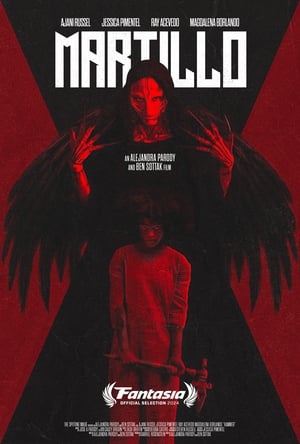 0.0
0.0Hammer(en)
Cartagena, Colombia – 1666. An enslaved woman accused of witchcraft comes face to face with evil incarnate and a Faustian bargain for her freedom while imprisoned in the bowels of the Palace of the Inquisition.
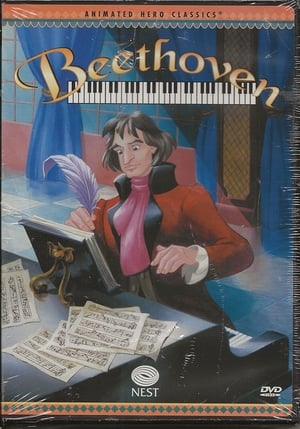 0.0
0.0Animated Hero Classics: Beethoven(en)
Even as a young boy, Beethoven marched to the beat of a different drummer. Trained in the traditional music methods by his father, Beethoven was an accomplished pianist by the age of 12. But he yearned to try new sounds and persevered until audiences heard his music. By his early twenties, this persistent young man performed for Joseph Haydn, who compared him to the great Mozart. Sadly, Beethoven began to lose his hearing, but he threw himself even more deeply into his music, composing "Fur Elise," "Sonata Pathetique" and the dramatic "Fifth Symphony" years later, audience members heard what he could not and leapt to their feet in ecstatic appreciation for such passionate music. His creativity gave the world then, as it does today, music that stirs the soul. The video begins in 1827 with 30,000 people paying tribute to the great Beethoven in Vienna, Austria. Then the video switches to his life as a child...
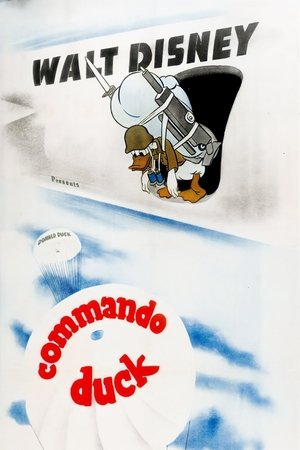 5.6
5.6Commando Duck(en)
Donald Duck is ordered to wipe out a Japanese airfield. After parachuting out of an airplane, he lands in a Japanese forest. He uses an inflated canoe to cross the river, but as soon as it fills up with water, Donald is running for his life. He makes sure the canoe hits nothing that would pop it. When he gets to the edge of a cliff, he sees the airfield. The canoe has already exploded, causing water to flow. This large amount of water splashes onto the airfield, wiping the whole thing clean, but leaving disfigured airplanes
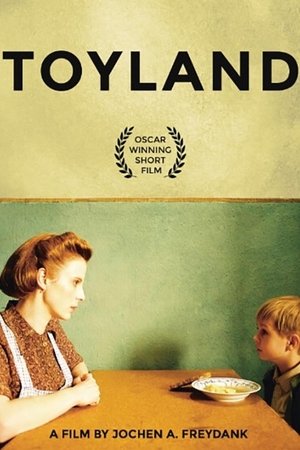 7.2
7.2Toyland(de)
On a winter morning, a mother goes to waken her son Heinrich; his bed is empty. She leaves her flat to find him. The neighbors' door, with a Star of David painted on it, is ajar, the furnishings in disarray, the family gone. She asks passersby, runs to the police then on to the rail yard. Flashbacks show that Heinrich and the neighbors' son Paul are six years old and best friends. Paul's family's deportation is expected soon; Heinrich's mother tells her son that they're going to Toyland. Heinrich wants to go with them, has a bag packed, and listens for their departure. His mother realizes he's joined them, and her resolve becomes more urgent. Will she arrive in time to save Heinrich?
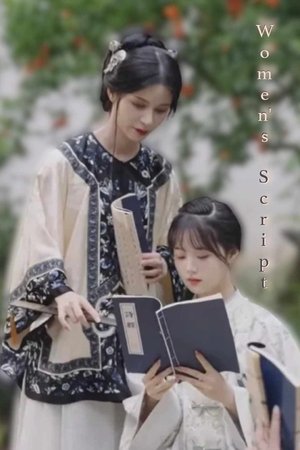 0.0
0.0Women's Script(zh)
Being educated and knowing how drink, A-Ni is seen as the town's madwoman. Yulu is entranced by her.
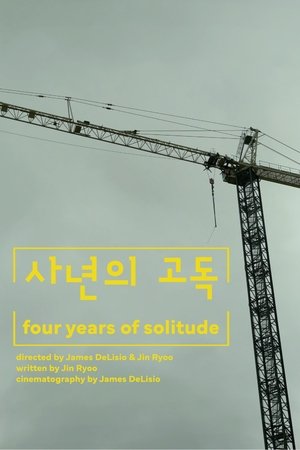 0.0
0.0Four Years of Solitude(en)
A written testimony by co-director Jin Ryoo on his experience preparing for Korean compulsory military service is juxtaposed with images of an empty UCSD campus, the desolate construction sites sprawling off of it, and the Mt. Soledad Veterans Memorial.
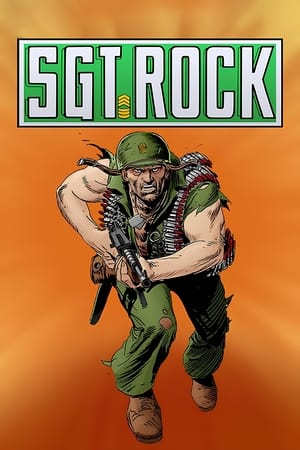 6.5
6.5DC Showcase: Sgt. Rock(en)
Just after recovering from losing his entire unit in battle, Sgt. Rock leads a special army of commandos against a Nazi secret research base.
Translating History to Screen(en)
Translating History to Screen (2008) Video Short - 10 June 2008 (USA)
 7.1
7.1Fallen Art(xx)
Fallen Art presents the story of General A, a self-proclaimed artist. His art, however, consists of a deranged method of stop motion photography, where the individual frames of the movie are created by photographs made by Dr. Johann Friedrich, depicting the bodies of dead soldiers, pushed down by Sergeant Al from a giant springboard onto a slab of concrete.
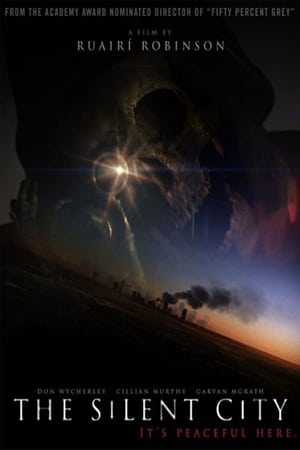 5.5
5.5The Silent City(en)
The story revolves around 3 soldiers who are on the outskirts of a war torn city. They are patrolling an area when a bomb is accidentally set off and they have to wait for help.
 6.2
6.2The Execution of Mary, Queen of Scots(xx)
A short film depicting the execution of Mary, Queen of the Scots. Mary is brought to the execution block and made to kneel down with her neck over it. The executioner lifts his axe ready to bring it down. After that frame Mary has been replaced by a dummy. The axe comes down and severs the head of the dummy from the body. The executioner picks up the head and shows it around for everyone else to see. One of the first camera tricks to be used in a movie.
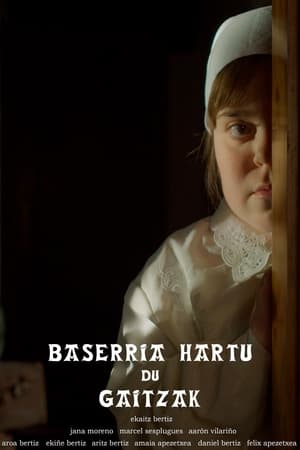 0.0
0.0The Disease Has Taken the Farmhouse(eu)
In the farmhouse Gaikoborda, located in the north of Navarre, a mournful family lives; dad, mom, and their four children: Jon, the paraplegic Aintzane and the twins Saioa and Anartz. One of these monotonous days, the mother recieves a visit: the doctor.
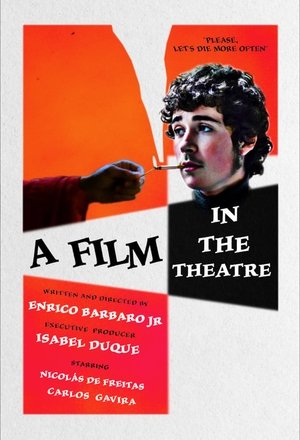 0.0
0.0A Film in the Theatre(en)
Eusebio José Fernández López Reboredo Bergamín is a teenager in the 1960s whose dream is to be a movie director, but General Francisco Franco prohibited in 1964 all types of art. A coincidental encounter with another artist, named Antonio Mínguez, will change his life.
 6.8
6.8Firebase(en)
Set during the Vietnam war, Firebase follows American soldier Hines through an ever-deepening web of science fiction madness.
